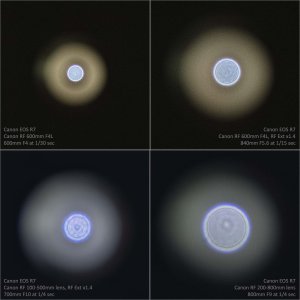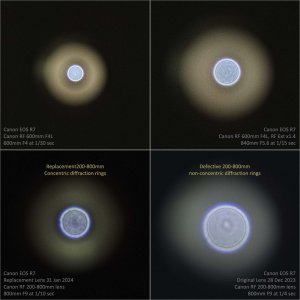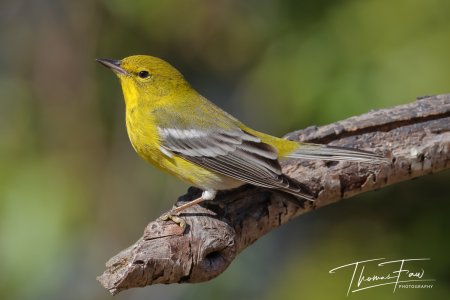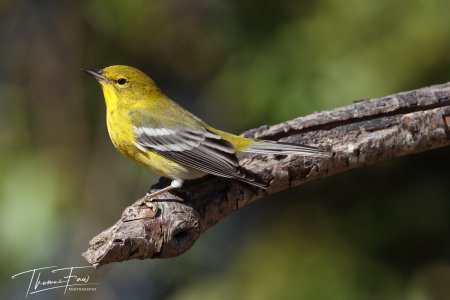Yes I always must get the most bang for the buck that is possible. So the mirrorless body I picked up was a Sony A6400 that was very well used, and priced way way way below market value. I could easily recoup all of the money I spent on it if I decide to sell it. There are benefits to being a bottom-feeder
 .
.
Currently, I have a 3rd party EF lens that I love, except that it performs HORRIBLY on my EF mount Canon DSLRs. It is the Sigma 60-600mm, and in so many ways it is a great lens, but the autofocus is absolutely horrendous on my 5D Mark 4, my 1D Mark 4, and my 6D. It is worlds behind my Canon 100-400mm, which autofocus surely and rapidly even in terrible conditions.
Likewise, my huge Sigma 300-800mm did not autofocus nearly as well on my Canon EF bodies as the native Canon lenses did.
Since my Sigma autofocus is so horrible on the EF mount cameras that it fits natively, why would I think that it would work supergreat on Canon RF mount cameras that it will need an adaptor to fit onto?
So due to these experiences, I have come to the conclusion that if you want awesome, lightning-fast, ultra-responsive autofocus when using very long supertelephoto lenses on Canon bodies, then you need Canon lenses to achieve that high standard of AF performance. And until now I did not want to buy Canon lenses ..... I wanted to buy 3rd party lenses and have them work magnificently, which in my mind meant that I needed to reconsider which brand of camera I would use, as Canon does not want 3rd party lenses performing as awesome as their own lenses do on their bodies. But Sony and Nikon seem to have little or no problem with 3rd party lenses autofocusing just as awesomely as their own lenses do, hence the move to Sony.
.
Why were you skeptical about the 200-800 when you first heard about it? Was it just because it isn't called an "L series"? Or was there something tangible and specific about it that caused your skepticism?
.
I very often, even regularly, shoot at f9 and beyond, so f9 has never seemed like much of a problem to me, so long as the out of focus areas are rendered in a smooth and creamy fashion and so long as the lens is super sharp wide open, so that stopping down never has to be done just to get optimal sharpness.
.
Much of my photography is "lens first". But one genre I am doing more and more of lately - herp photography - is very much "body first", as certain features unique to mirrorless bodies are absolutely necessary for some of the scenarios I find myself trying to shoot.
Focus peaking is at the top of the list for features that are absolutely necessary. I mean I literally can not take the photos I want if I do not have focus peaking. And this is why I begrudgingly added a mirrorless camera to my bag.
.





